EETOP focuses on chips and microelectronics, click on the blue text above to follow us.

EETOP Creative Chip Network (Yite Creative Chip): A well-known electronic engineer community and semiconductor industry portal in China (1.5 million members).
blog.eetop.cn edu.eetop.cn
Students majoring in science and engineering at universities have basically encountered this software. Analysts pointed out that if an entire school is banned from using legitimate MATLAB, it means that personnel from the school should not include any MATLAB-based content in their papers or commercial projects, which cannot be ignored for domestic related enterprises and researchers.
This incident quickly fermented on domestic social media and topped the trending searches, sparking widespread discussion in the academic and technical communities.
Currently, only a few universities on the entity list have been banned, but who can guarantee that there won’t be further sanctions against Chinese universities, suppressing China’s technological development? Therefore, through this ban event, we have reason to say that we have entered the post-MATLAB era! It is urgent to find suitable alternatives to MATLAB.
We have collected and organized some open-source software that can serve as alternatives, including: SCILAB, Octave, Spyder, Python, GMAT, GNU Radio, and ROS. Especially SCILAB, which is closest to MATLAB and can nearly achieve perfect substitution!
I hope this article is helpful to everyone. Additionally, you are welcome to recommend alternative tools you know in the comment section.
1. SCILAB: The “Nearly Perfect” Alternative
SCILAB is an open-source software similar to MATLAB that can implement all basic functionalities of MATLAB, such as scientific computing, mathematical modeling, signal processing, decision optimization, linear and nonlinear control, etc.
Since the syntax of SCILAB is very close to that of MATLAB, those familiar with MATLAB programming will quickly master the use of SCILAB. Interestingly, the language conversion function provided by SCILAB can automatically translate programs written in MATLAB language to SCILAB language. Currently, SCILAB can run on all PC platforms including Linux, WINDOWS, and Mac OS.
As open-source software, SCILAB’s source code, user manual, and binary executable files are all free and published on the INRIA website (the Sino-French laboratory has established its mirror site), which can be downloaded directly, and can also be downloaded in the SCILAB section of EETOP forum http://bbs.eetop.cn/forum-114-1.html.
More importantly, SCILAB is developed by scientists at the French National Institute for Research in Computer Science and Control, and has no relation to the United States!
Additionally, the key point is that SCILAB also has a tool similar to MATLAB Simulink called Xcos!Xcos can accomplish what Simulink can do, and the interface and usage are very similar! Many users’ concerns about the inability to replace Simulink are easily resolved!
Thus, SCILAB can nearly perfectly replace MATLAB! (Friends who have used it are welcome to add more explanations)
Xcos Screenshot:
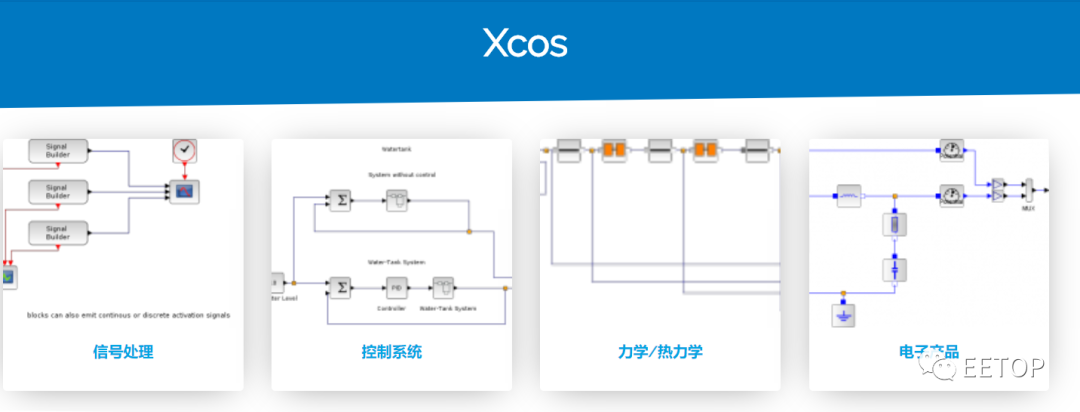
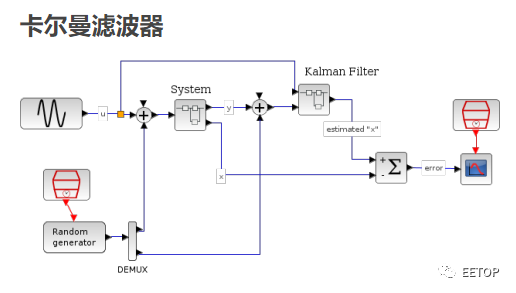
2. Octave: Compatible with MATLAB Syntax
If you are already very familiar with MATLAB language and do not want to learn a new language for the time being, you can try Octave. Octave is one of the GNU project members, providing an open-source scientific computing and numerical analysis tool compatible with MATLAB syntax.
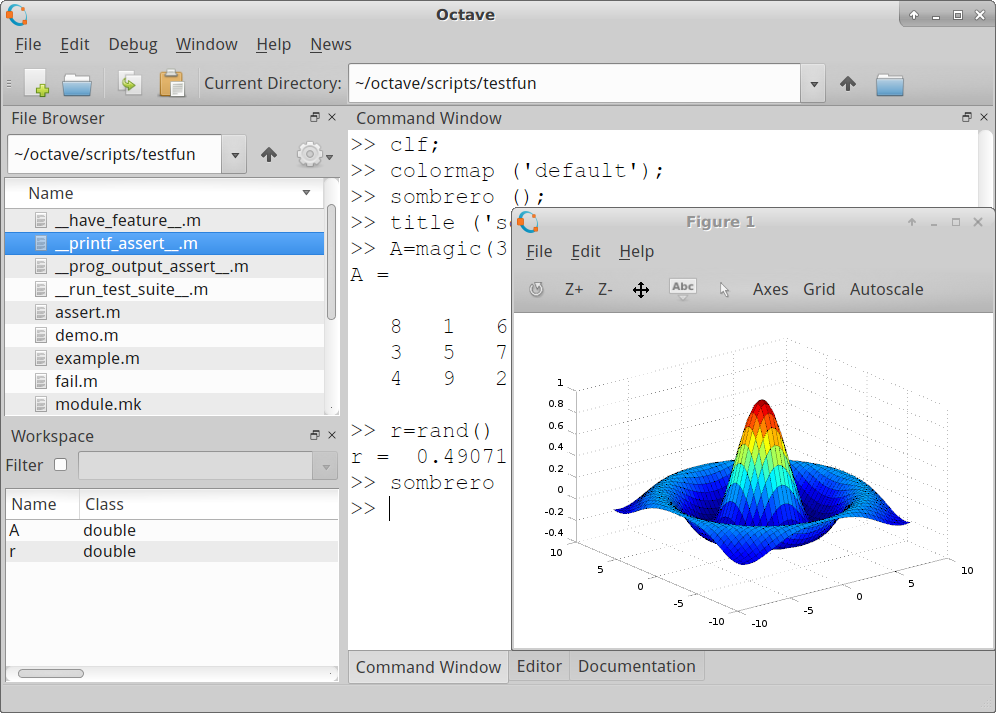
Octave is a mathematical software package similar to MATLAB and SCILAB, capable of performing various calculations and programming. It also has a rich C++ interface that allows users to call during programming. Its accompanying plotting tool uses gnuplot. The use of Octave is also based on character terminal mode, and when plotting is needed, gnuplot will be called to display the data plot.
Octave is written in C++, and its rich library can also be called by users when writing software. Octave also supports calls from Fortran and GSL bindings, etc. Users can customize their functions, subprograms, and more.
3. GMAT: A Tool for Space Calculation
For spacecraft orbit calculations and mission analysis, you can try the General Mission Analysis Tool (GMAT). GMAT provides both a graphical interface and a script interface, and compared to STK, GMAT has more powerful functions related to deep space exploration and more configurable resources.
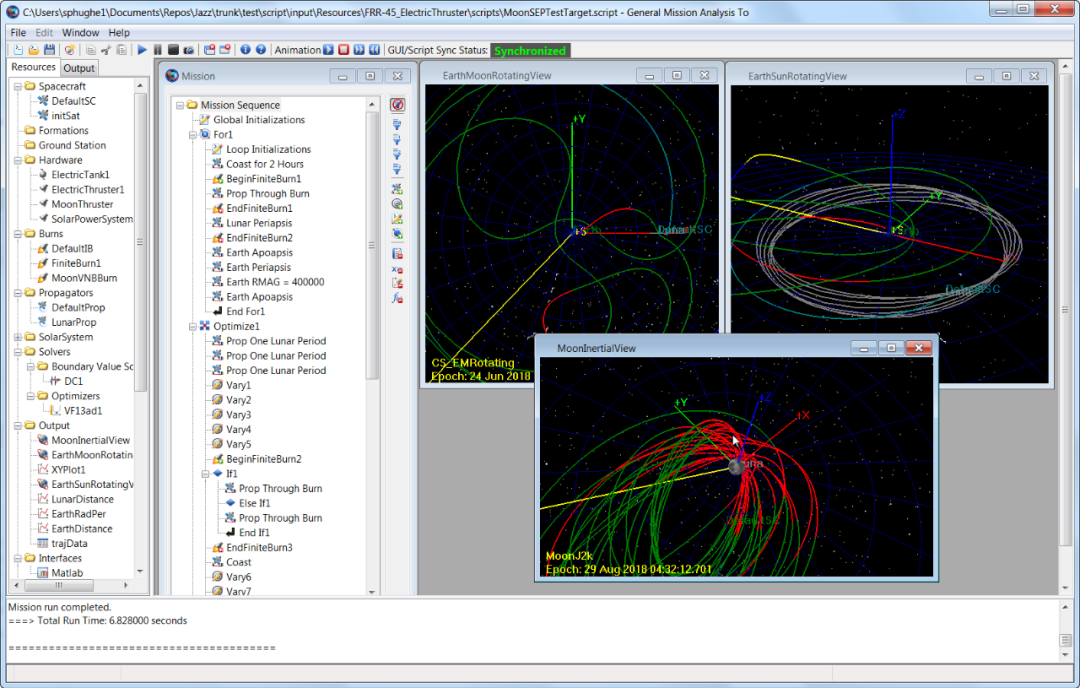
4. GNU Radio: Software-Defined Radio and Signal Processing
GNU Radio is a free software toolkit for learning, building, and deploying software-defined radio systems, which can be called through Python or a graphical interface similar to Simulink/Labview. The amateur radio reception and demodulation software for satellites like Lilac and Longjiang is developed and open-sourced based on GNU Radio.
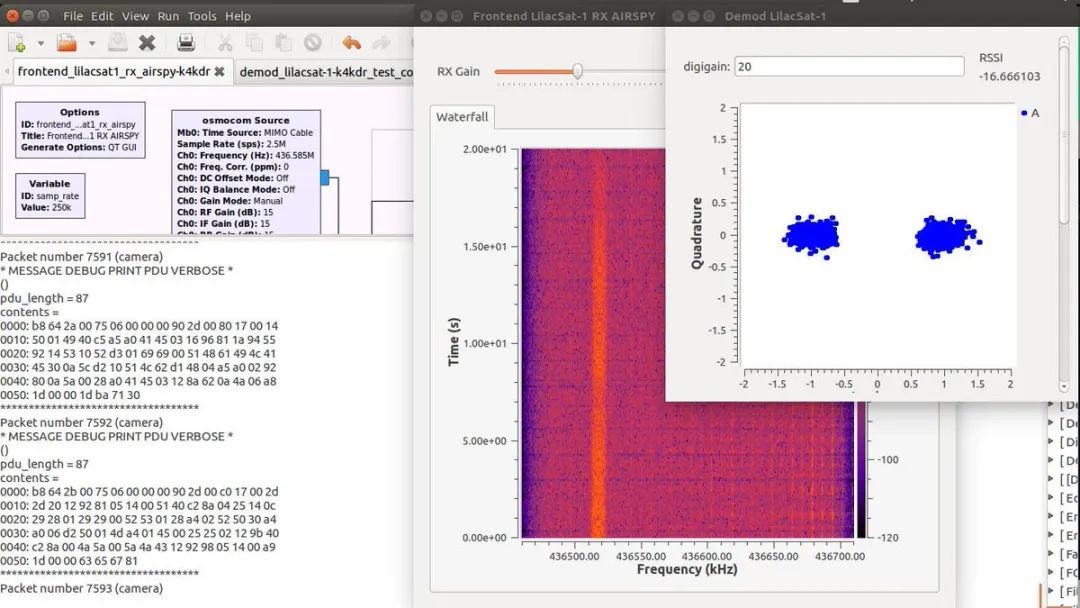
ROS is a flexible software framework designed to meet the collaborative working needs of different robot software. It aims to improve the modularity and reusability of software and to achieve effective sharing of data/signal quantities between different tasks, facilitating the creation of complex and robust robotic behaviors across various robot platforms. It is also a collection of conventions and libraries of tools.
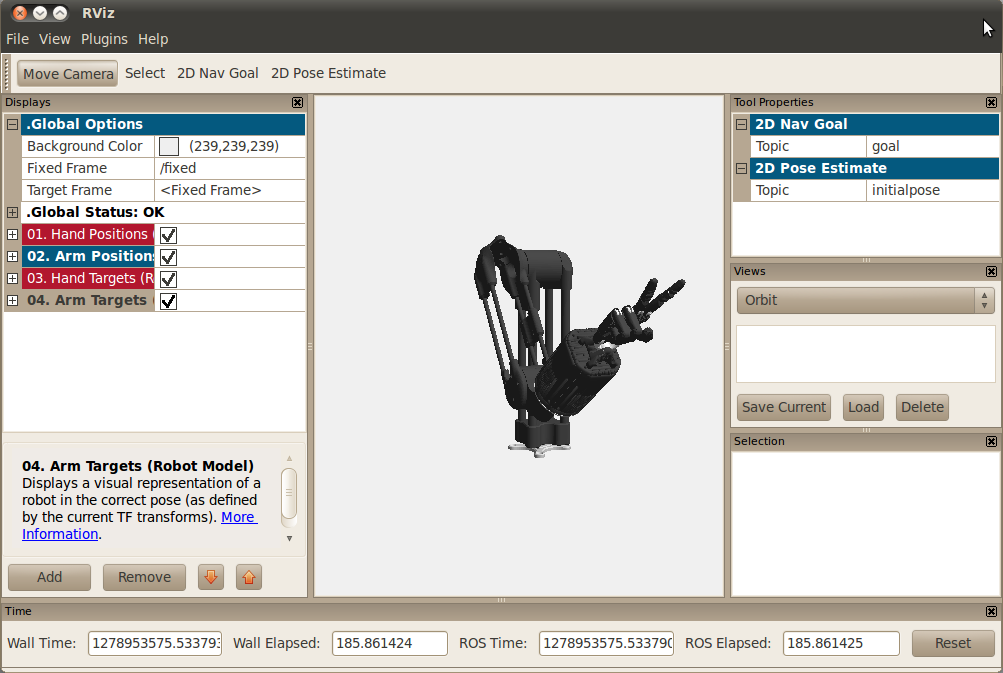
6. Spyder
Spyder is not a programming language; it is a simple integrated development environment developed for Python (x,y). Compared to other Python development environments, its biggest advantage is imitating MATLAB’s “workspace” function, making it easy to observe and modify array values.
The Spyder interface consists of many panes, which users can adjust in position and size according to their preferences. When multiple panes appear in one area, they will be displayed in tab form. For example, in Figure 1, you can see the “Editor”, “Object inspector”, “Variable explorer”, “File explorer”, “Console”, “History log”, and two panes displaying images. The visibility of these panes can be set in the View menu.
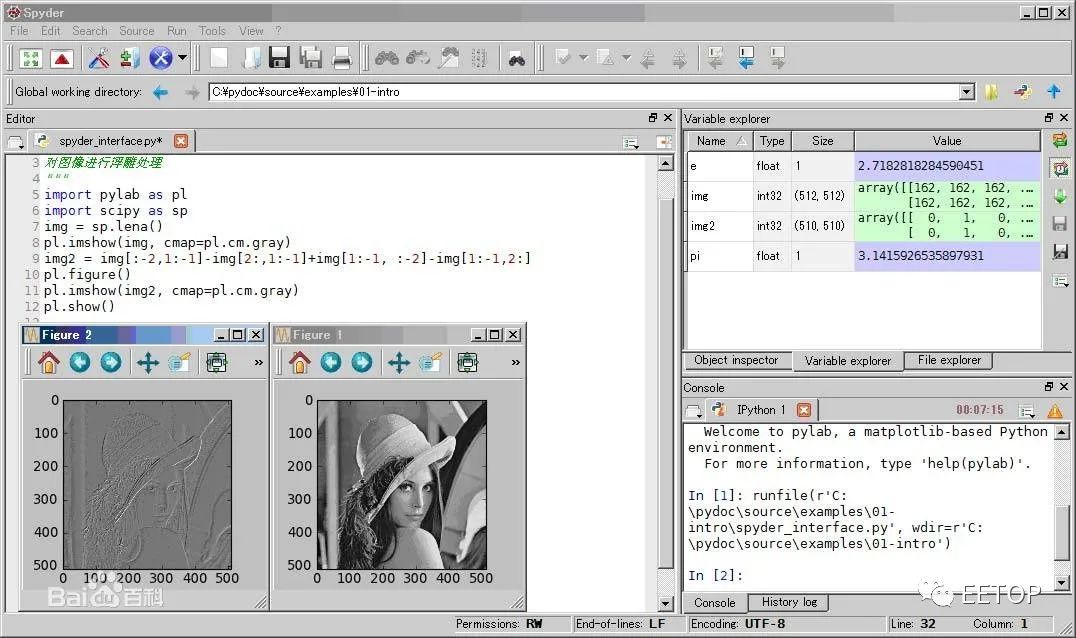
Spyder’s interface is very similar to MATLAB, and its author has admitted to imitating MATLAB’s design in the early years. If the simulation modeling requirements for MATLAB are not high, Spyder is sufficient to replace it.
7. Python
Python is a completely free general-purpose programming language that provides a large number of libraries and packages for various purposes in an open-source manner, such as Numpy (numerical computing), SciPy (mathematics, science, and engineering computing), Matplotlib (a plotting tool similar to plot in MATLAB), etc.
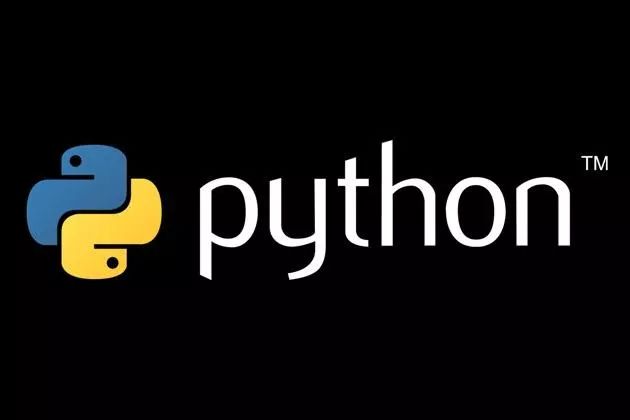
Python is a more easily learned and rigorous object-oriented programming language. As a general-purpose programming language, Python has stricter and clearer syntax, can easily accomplish higher-level needs such as interfaces, files, and encapsulation, has better portability, and is also very suitable for applications related to AI and the web.
Python has a huge mathematical library, and if there is no need to use MATLAB Simulink, using Python to replace MATLAB should be the best way. We often see a formula like this: python + NumPy + Scipy + matplotlib = Matlab
(Compiled from EETOP: Baidu Encyclopedia, Open Source China, EETOP Forum, Lilac Satellite)
Everyone is welcome to leave comments and supplementary explanations.
-
The most comprehensive! Free download of semiconductor materials!
-
The most comprehensive collection of papers and PPT from ISSCC 2008~2020!
-
Classic semiconductor manufacturing process PPT (2000 pages)
-
Senior engineer signal integrity lecture PPT
-
PPT: Simple and easy-to-understand Level Shifter Design
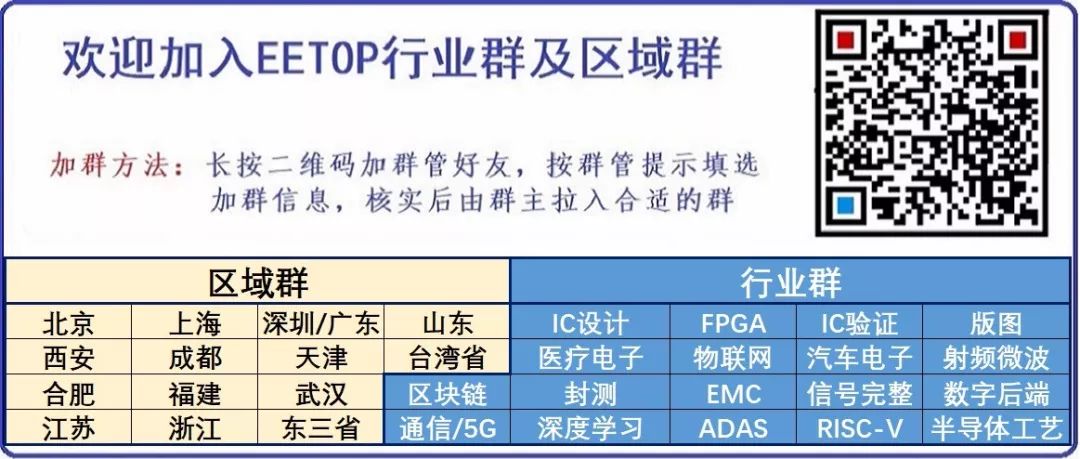
Click to read the original text to enter the EETOP WeChat backend, and enter “Chip” to get!